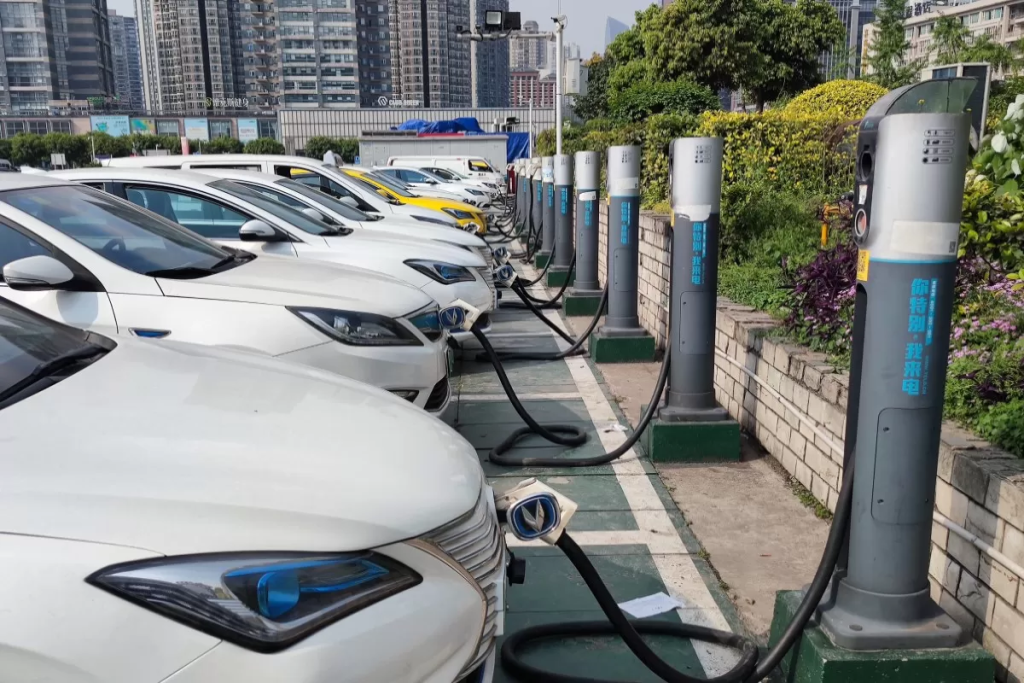The United States is encountering challenges in its transition to electric vehicles (EVs), slowing down the pace of adoption. Concerns over vehicle range, limited charging infrastructure, and core affordability issues have led automakers to revise their EV sales targets and delay capital projects. Meanwhile, China, a global leader in EV adoption, continues to showcase remarkable success. This article explores the reasons behind the US’s struggles and highlights China’s achievements in the electric vehicle market.
Challenges in the US:
Recent developments in the US electric vehicle market reveal a significant slowdown in sales, particularly concerning EVs. Neil Saunders, Managing Director of GlobalData, identifies the EV’s complexity as a major obstacle, citing difficulties related to vehicle range and charging infrastructure. The vast size of the country, coupled with Americans’ penchant for lengthy road trips, underscores the importance of a reliable and extensive charging network.
Range, pricing, and affordability concerns contribute to reservations among American consumers. While EV reliability is acknowledged by over three-quarters of drivers, doubts persist regarding charging infrastructure (36%), battery range (39%), and vehicle affordability (38%). The average selling price of EVs in October was $51,762, presenting a potential affordability gap for some consumers.

Global Perspective:
In contrast, Europe, with higher gasoline prices, witnesses a more favorable environment for EV adoption. The higher upfront cost of electric vehicles is offset by reduced fuel expenses, making EVs an attractive option for European consumers. However, the economic dynamics differ in the United States, where gas prices are significantly lower.
Tesla’s Dominance:
Despite the challenges, Tesla remains a dominant force in the US EV market, accounting for over 55% of the 873,000 EVs sold in the first 10 months of 2023. Industry leaders like Elon Musk acknowledge the impact of increased borrowing costs and market dynamics on the EV landscape.
Automakers’ Strategies:
Facing market evolution, automakers such as Ford and General Motors are adjusting their strategies. Ford’s CEO, Jim Farley, anticipates some market “bumpiness” and emphasizes the need to reduce the cost of EVs in response to dynamic changes. General Motors, too, has delayed its EV plant conversion to manage capital investment amid evolving demand.

Simplifying Manufacturing:
To tackle cost challenges, automakers are focusing on simplifying manufacturing processes. Tesla, known for its innovative approaches, aims to achieve unparalleled efficiency with its Cybertruck. Ford, following suit, pledges to reduce complexity in design and manufacturing.
US Government Initiatives:
The US government, under President Joe Biden’s administration, has shown support for EVs with significant funding for charging infrastructure and tax credits for consumers. Despite the ambitious goal of achieving 50% electric vehicle sales by 2030, the industry’s transformation is proving to be more gradual than anticipated.
Conclusion:
While the United States grapples with obstacles in its electric vehicle transition, China continues to surge ahead, setting an example for global EV adoption. The challenges in the US market underscore the need for a comprehensive and strategic approach, balancing consumer concerns, infrastructure development, and affordability. As the world navigates the electric future, both successes and challenges provide valuable insights for shaping sustainable and efficient mobility solutions.
Shayne Heffernan









